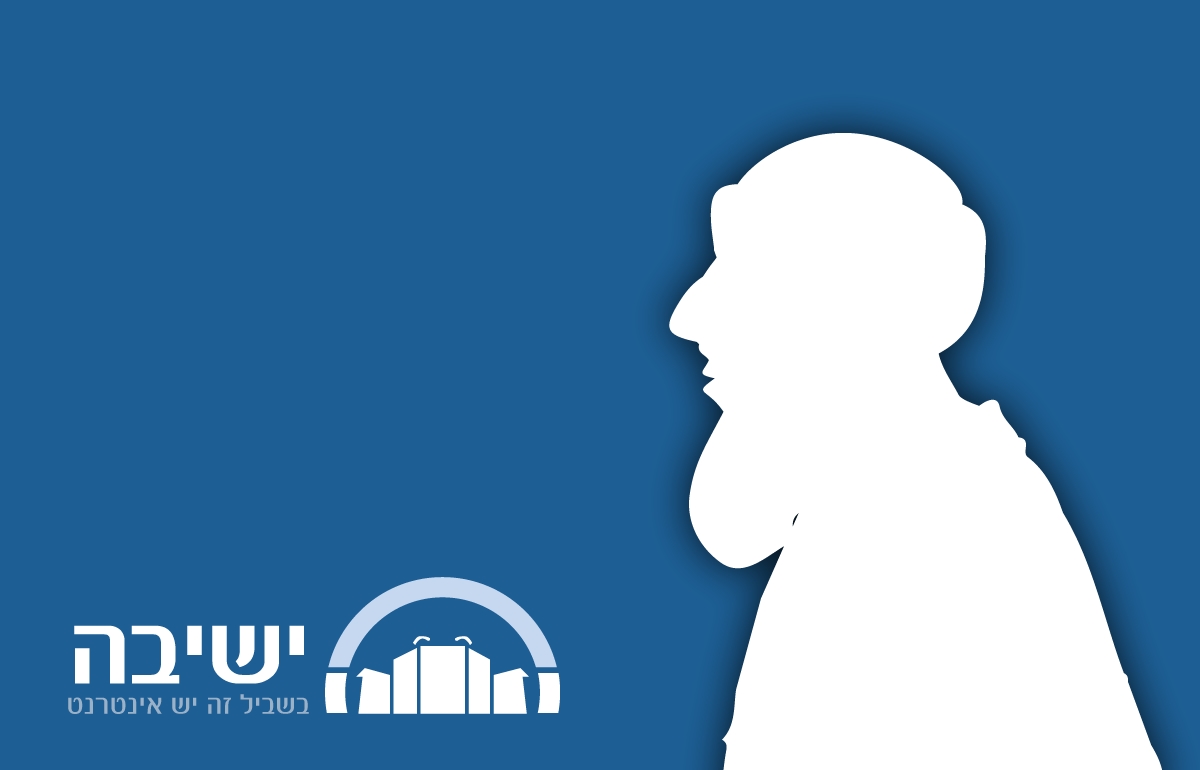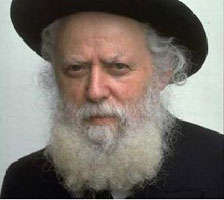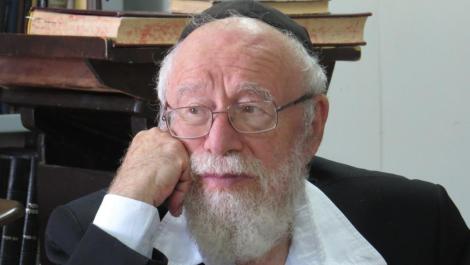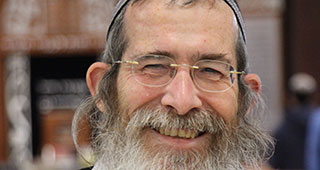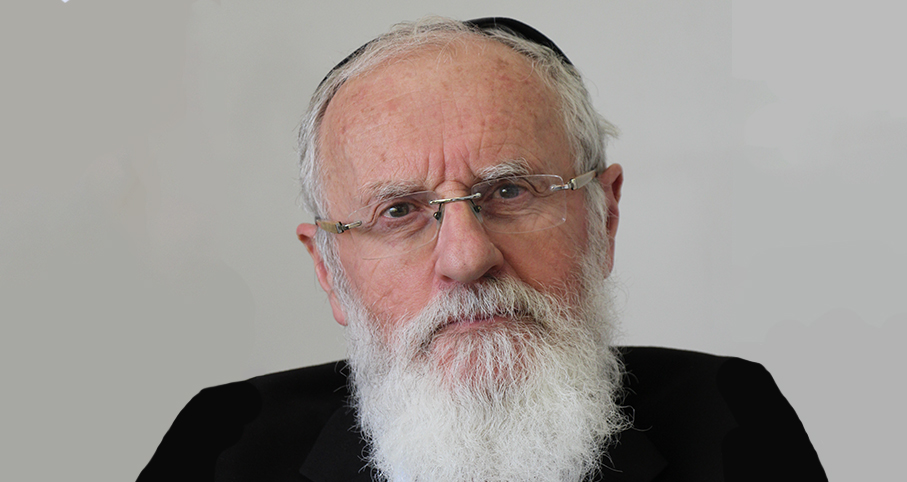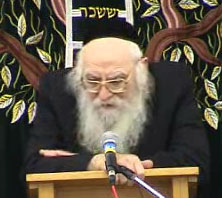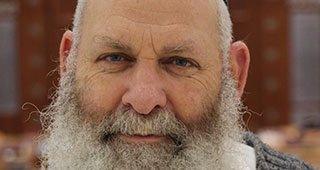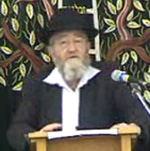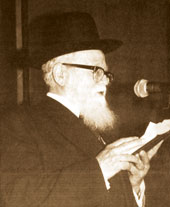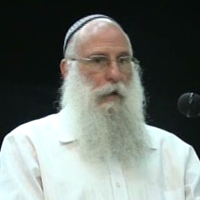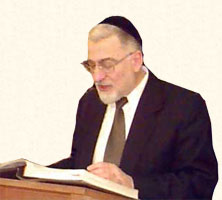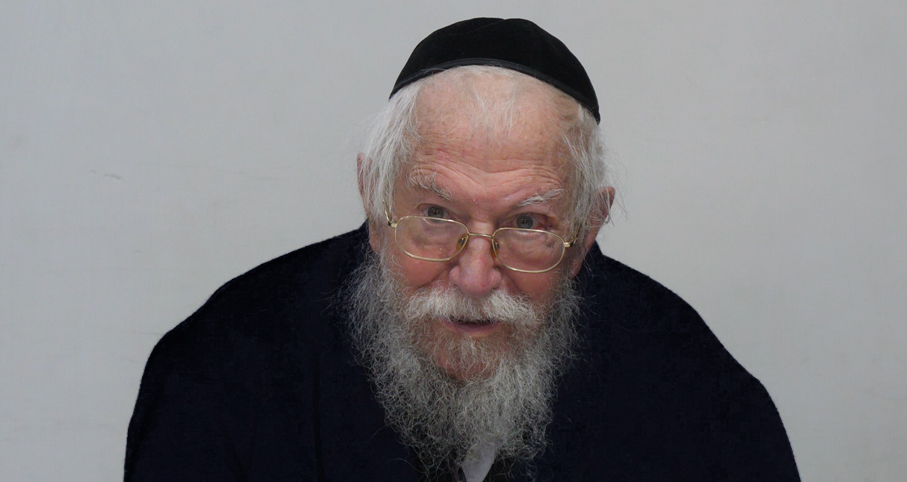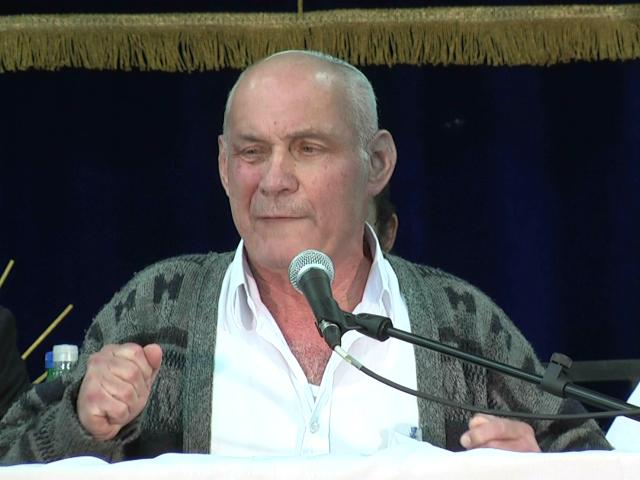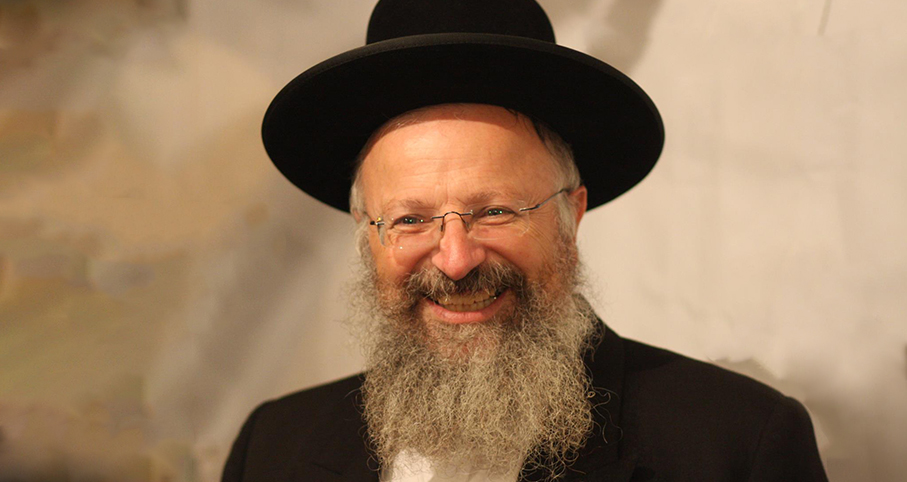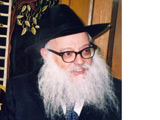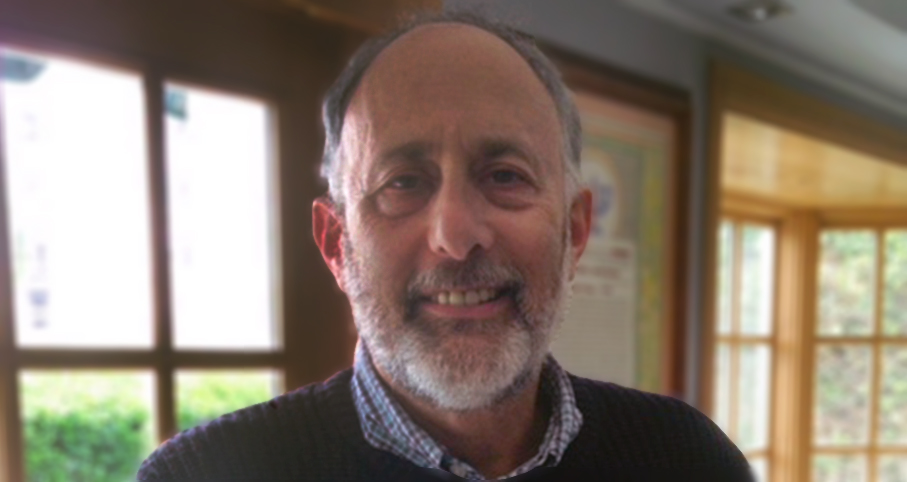Beit Midrash
- Sections
- Chemdat Yamim
- Parashat Hashavua
- Torah Portion and Tanach
- Vayikra
- Tazria
Let us take a look as to the philosophical background behind the halacha that mila is to be done on Shabbat. In Lech Lecha circumcision is not only called a brit but also called an ot brit (a sign of a covenant) (Bereishit 17:11). Shabbat is also called an ot, as the pasuk says: "But my Shabbat you shall guard, for it is a sign between Me and you for your generations, so that you should know that I am Hashem who sanctifies you" (Shemot 31:13). There is yet another mitzva that is called an ot: tefillin. "It should be for you an ot on your arms and a remembrance between your eyes" (Shemot 13:9). (In another place we pointed out that all the mitzvot that are called ot were told to Bnei Yisrael before the Torah was given at Sinai.)
The mitzva of donning tefillin does not apply on Shabbat and Yom Tov. Rabbi Akiva says that this is derived from the fact that tefillin is called an ot, as on Shabbat and Yom Tov there is no need for an ot (Menachot 36a). Rabbeinu Bachyei explains that of the three signs of mila, Shabbat, and tefillin, a person should always be connected to two, for they are testaments to the oneness of Hashem and the basis of belief, and testimony is to be comprised of two witnesses. Therefore, on Shabbat and Yom Tov tefillin are unnecessary and therefore not desirable, as it would indicate that the existing witnesses are for some reason insufficient. On Shabbat, it is correct to enter the baby into the brit and attach the ot specifically on Shabbat, so that from this point on he will always be in possession of the two signs as Shabbat comes.
The Tzitz Eliezer (vol. XIV, 4) uses this general thesis to explain why the custom is for the father at a brit to have his tefillin on when it falls during the week. Without Shabbat, it is appropriate for the mila to be done with another ot present. The Shach (Yoreh Deah 265:24), who says that people should keep their tefillin on when the mila is done at the end of Shacharit, is also clearly understood. The logic is that in this way all assembled join the baby’s father in connecting the two signs.
Let us pray that just as the great majority of the Jewish people are careful to perform the mitzva of mila, so will they attach themselves to the other ot of tefillin on a daily basis
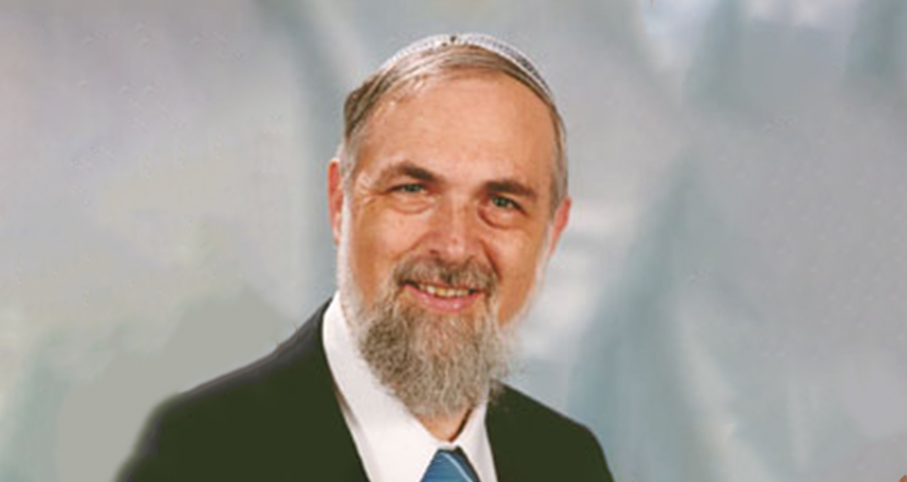
Brothers in this World and the Next
Rabbi Yossef Carmel | 5774

Parashat Hashavua: Neither Menashe Nor Yerachme’el
Rabbi Yossef Carmel | Tevet 5786

Parashat Hashavua: From Paroh to Hamas and Iran – In Those Days at this Time
Rabbi Yossef Carmel | Kislev 5786


